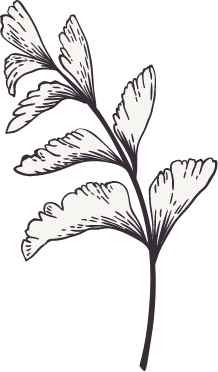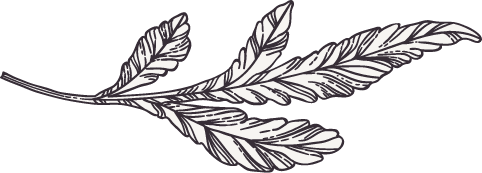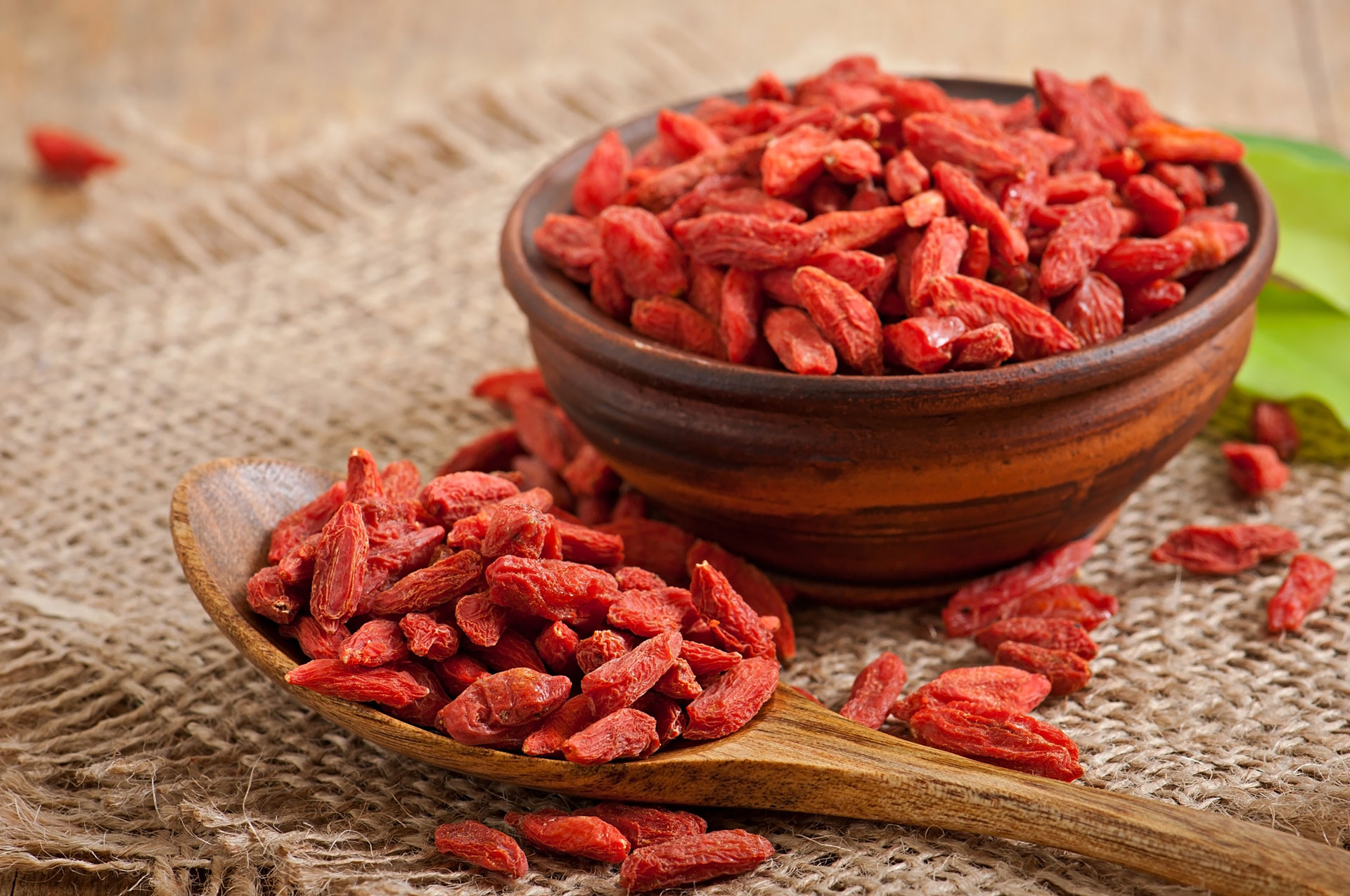
Goji Berry
Goji berry or wolfberry is the fruit of Lycium barbarum and Lycium chinense. Very healthy, tasty and unique. Goji berries have a mild tangy taste that is slightly sweet and sour. The whole, dried berries have a similar shape and chewy texture as raisins. Goji are considered superfoods because of their medical benefits, used for many years in traditional Chinense medicine. They are rich in antioxidants and proteins, and also a good source of vitamin C. The juice and the dried berries are used for improving blood circulation, protect the liver, promote weight loss and longevity and also for preventing cancer risk! The plants are self-fruitful. They can tolerate some drought once established, but for best results, water regularly, pest and insect resistant, they don’t require pruning and grow well in sun to partial sun.
Honeyberry
(haskap berry, blue-berried honeysuckle, or sweet berry honeysuckle) is honeysuckle (Lonicera caerulea) native throughout the cool temperate Northern Hemisphere. Hardy (zone 2) and very easy to grow, it tolerates a wide range of exposures, soil types and pH levels. The fruit of these delicious berries looks like a cross between a blueberry and a long grape. They taste like a mix of raspberries and blueberries with a kiwi texture. Haskap is known for having a high level of antioxidants, even higher than blueberries. The fruits may be used for jams, preserves, baking, and juices, or eaten fresh. The plants require cross-pollination in order to produce fruit. Haskap prefers soils that are rich, moist and well-drained, they grow best in full to part sun. They produce early crops (even ahead of Strawberries).
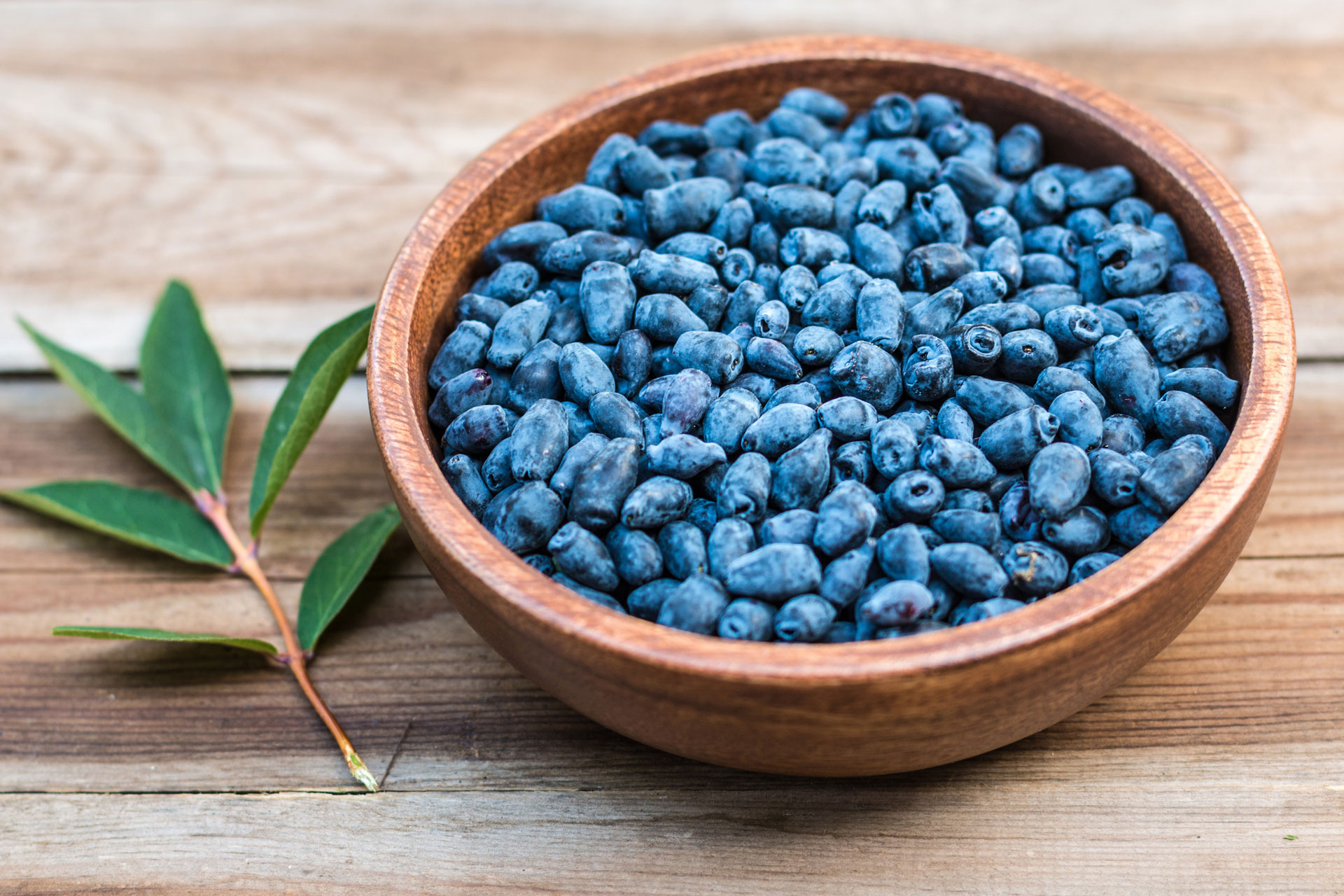
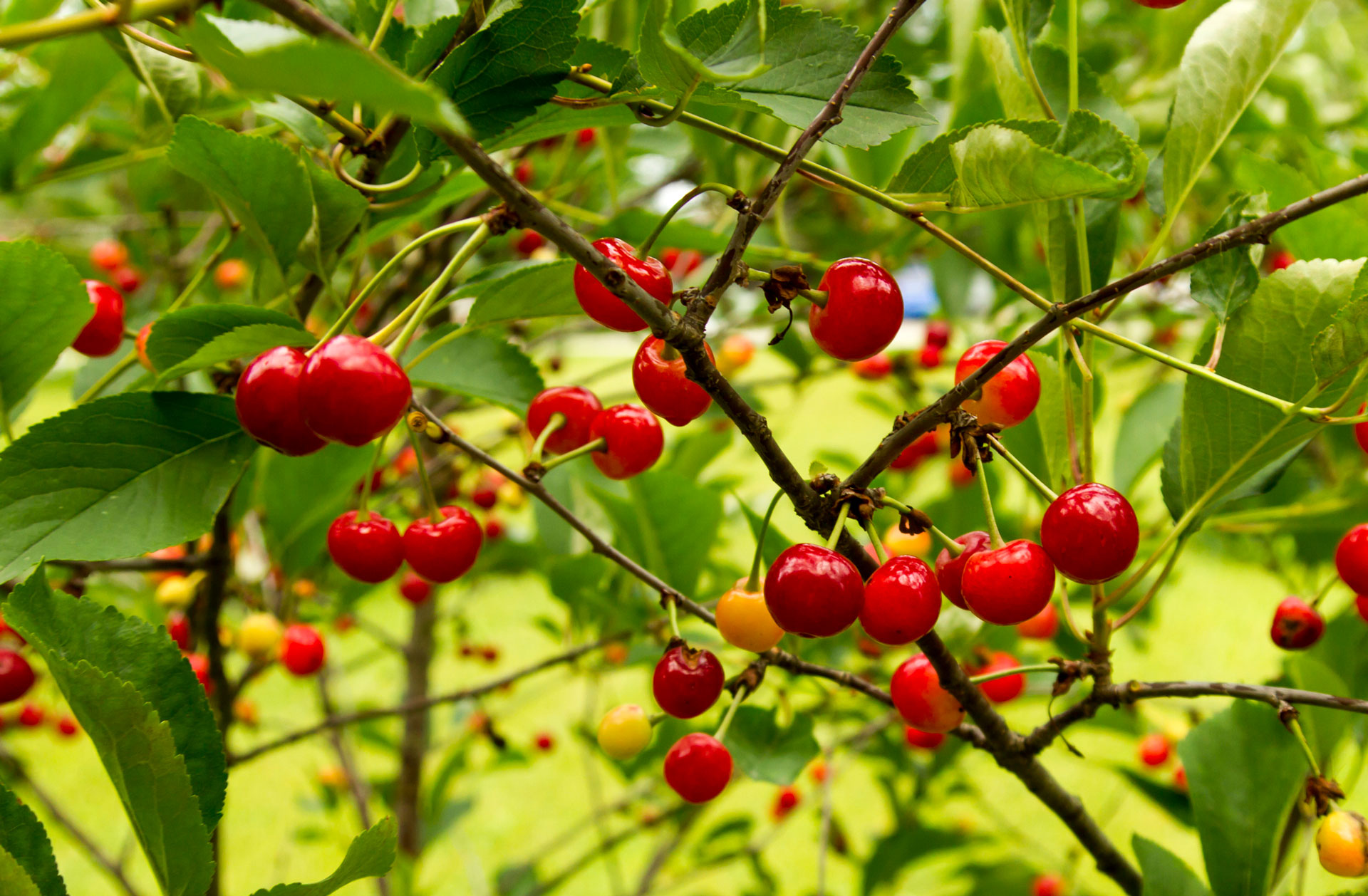
Dwarf Cherry
Dwarf cherry bushes are hybrids between Sour Cherry and Mongolian Cherry. The result is a variety of new smaller, very hardy tart-sweet bush cherries. Self-fruitful, they can be planted in containers, in full sun and in well-drained soil, sandy loam or loam soils, with a pH between 6.5 and 8.0. Organic matter level between 2-3% is very important if you have clay or sandy soil. They cherry releases by the University of Saskatchewan are a great tasting cherry with high sugar content. They also have very good potential for mechanical harvesting. Romance series of dwarf sour cherries were released in 2004. These include "Juliet" and "Cimson Passion". Zone range from 2-8. They are very good for eating fresh, freezing, canning, juices and baking.
Blueberries
With flavors that range from mildly sweet (cultivated) to tart and tangy (wild), blueberries are nutritional stars bursting with nutrition and flavors while being very low in calories. They have cardiovascular, cognitive and anti-cancer benefits, and also improves eye health. If you want to maximize your antioxidant level from blueberries, go organic!


Raspberries
Raspberries are the third most popular berries and follow right after strawberries and blueberries. Raspberries belong to the rose (Rosaceae) family of plants, which houses some of the world’s most beloved fruits including apples, apricots, blackberries, cherries, peaches, pears, plums, strawberries, and almonds.
The diversity of antioxidant and anti-inflammatory phytonutrients in raspberries is truly remarkable.
Blackberries
These sweet and succulent fruits are summer delicacies in the northern temperate regions, being native from sub-arctic Europe. The soft and delicate fruits grow on thorny bushes or trailing vines and they are packed with numerous plant nutrients such as vitamins, minerals, and anti-oxidants (they have one of the highest levels of antioxidants per serving-5.905). Anthocyanins give blackberries their dark glossy color. Those powerful nutrients have been shown to have beneficial health effects against cancer, aging, inflammation and neurological diseases like Dementia and Alzheimer.

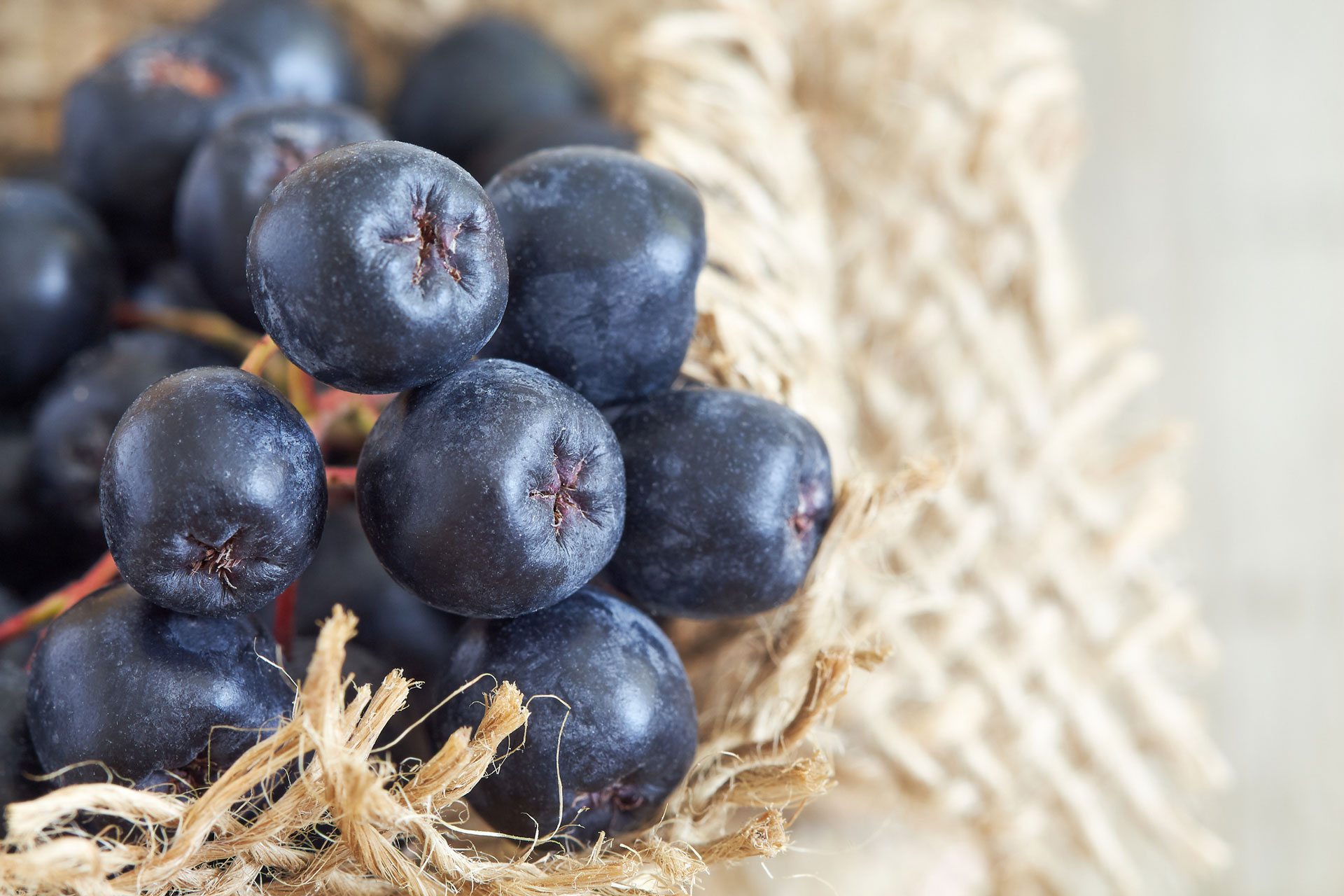
Black Chokeberry
The black chokeberry is an interesting native shrub that has high ornamental and practical value. This plant has interesting features for all seasons: pretty white flowers in spring, nice glossy, green foliage in summer, showy autumn color as the leaves turn red to orange, and it has clusters of black berries that create an interesting contrast against the orange leaves in autumn. Fruits have medicinal qualities, being rich in antioxidants and anthocyanins. The berries are not excellent for eating but can be consumed in the form of juices and jellies.
Rhubarb
Rhubarb is a perennial herb grown for its attractive succulent rose red, edible leafy stalks. It is one of the easiest plants to grow and can last for many years (10-15 years) once established. Its petioles can be ready for harvesting from second year onwards when its stalks reach sufficient size of about 1-2 inches in thickness. It is very rich in vitamins and minerals and can be used in the preparations of sauces, preserve, jellies, jams, Syrups, sorbet, juice and it is very popular for delicious pies.
Top greens of rhubarb should be avoided in cooking. Its leaf (blade) contains usually high amounts of oxalic acid which can cause severe toxic symptoms.


Strawberries
Strawberries are considered one of the most important small fruits grown in the Western Hemisphere. Today every state in the United States and every province in Canada grow the strawberry plant. It grows both as a wild plant and as a cultivated plant. The best way to eat strawberry is fresh but they can be frozen, made into preserves, as well as dried and used in prepared foods, baking, and juices.
Jostaberry
Is a complex-cross fruit bush in the Ribes genus, involving three original species, the black currant R. Nigrum, the North American costal black gooseberry Ribes divaricatum, and the European gooseberry Ribes uva-crispa.
"Josta" berry (Ribes nidigrolaria) takes the looks of a gooseberry, without the thorns, and it is sweeter. It combines the vigorous growth and rich falvor of black currant with disease resistance (including to white pine blister rust and mildew)
The tangy-sweet flavor of a jostaberry (pronounced yust-a-berry) is a mix of grape, blueberry, and kiwi-fruit. They are great eaten fresh, in jams, jellies, and pies.
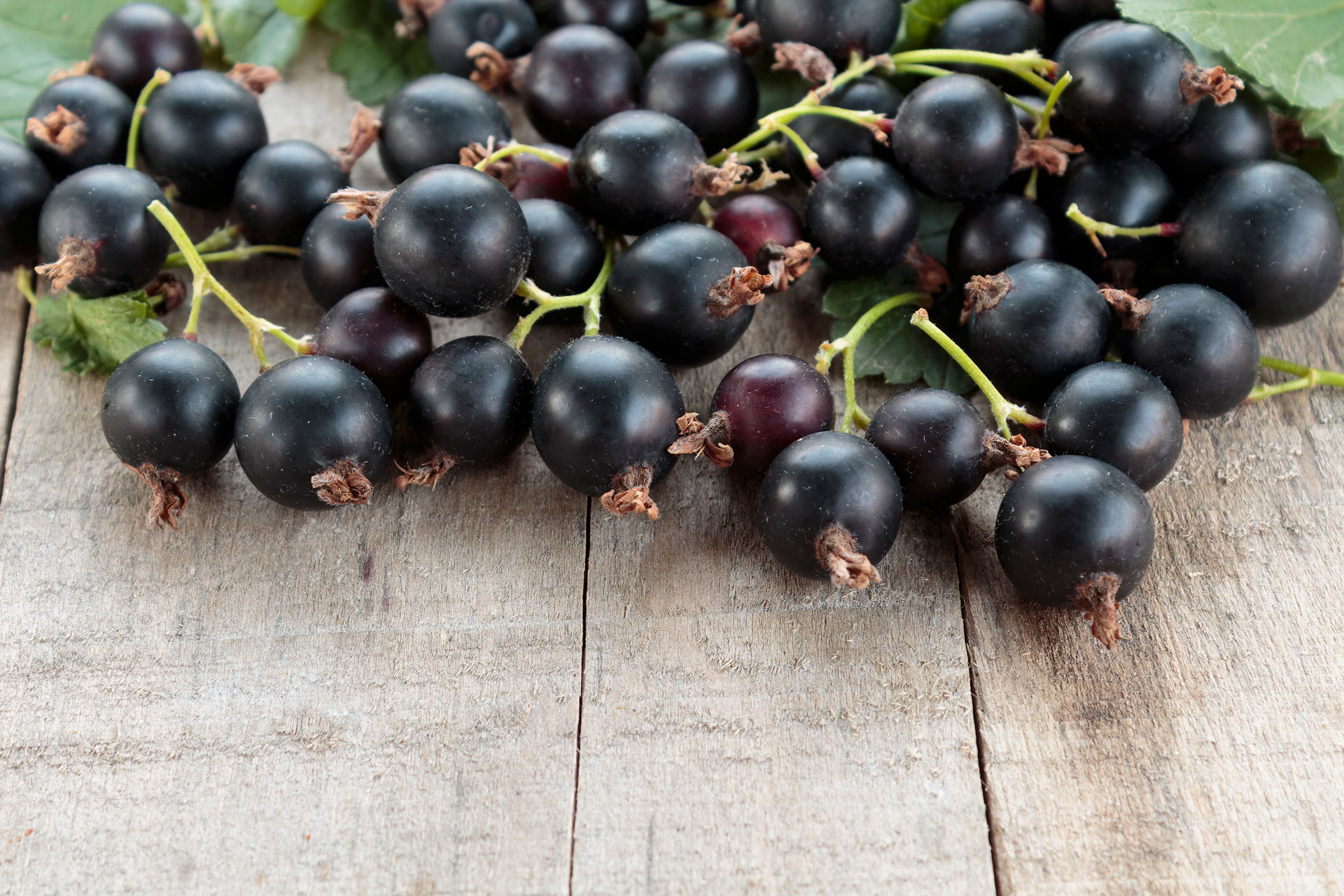
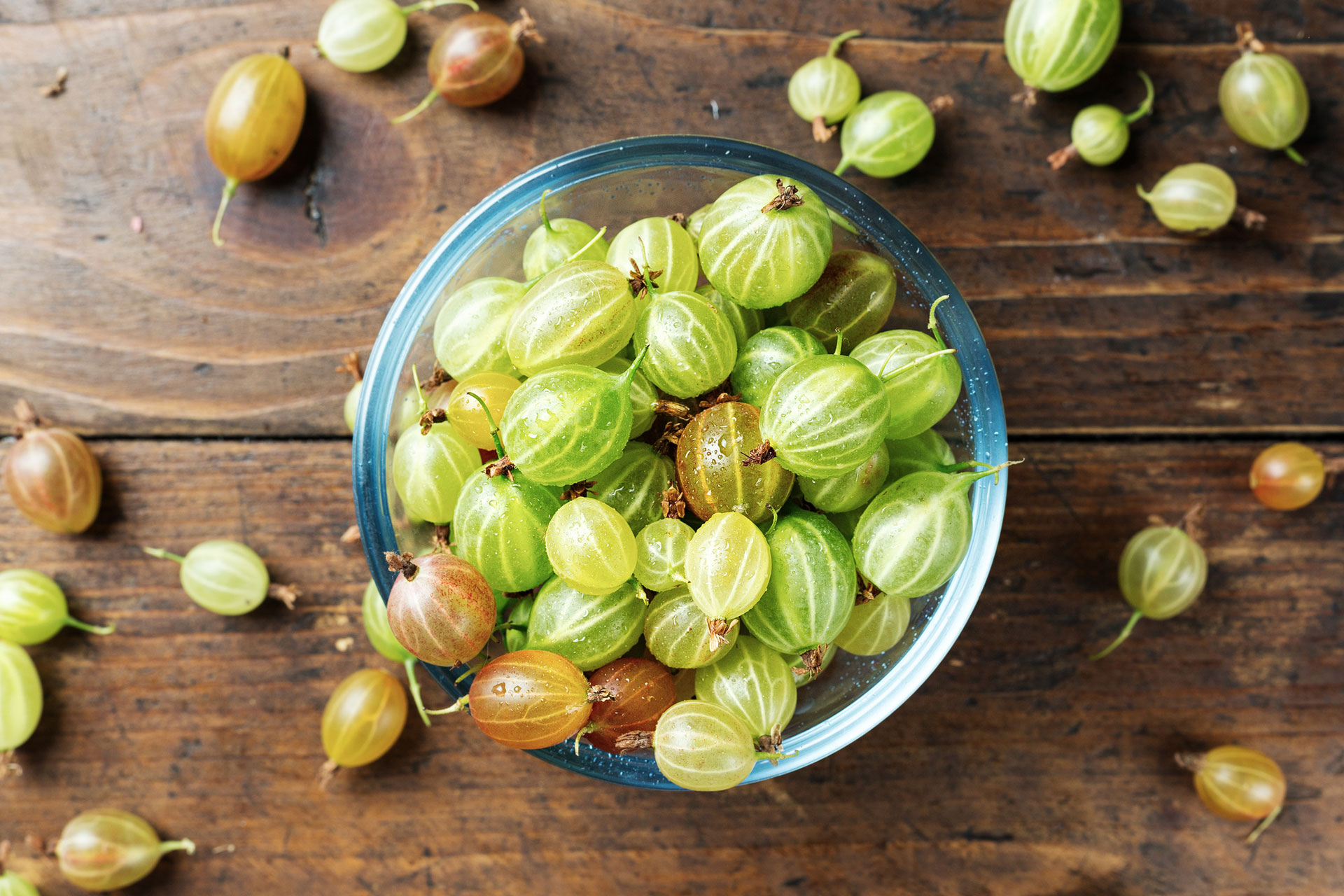
Gooseberry
Gooseberries (Ribes uva-crispa L.) are one of the four wild Ribes species (R. alpinum L., R. Rubrum L. and R. Petraeum Wulf.) growing in the Northern Hemisphere. As in currants, gooseberries grow best in regions where summer are humid but winter is severe and chilling.
Gooseberries come in many shapes, colors, and taste. They can be round, oval, pear-shaped or elongated, green, white, yellow, purple, red-brown or black color, sweet and tart. Their outer surface can be smooth or fuzzy (hairy) with conspicuous veins.
Gooseberries are low in calories, 100 gr hold just 44 calories.
They can be used fresh, in cooking (favored in fish, poultry or other meat dishes), also to prepare jam, jellies, juice, and baking.
Elderberry
Sambucus (elder or elderberry) is a genus of flowering plants in the family adoxaceae. The flowers of Sambucus nigra are used to produce elderflower cordial (a soft drink made largely from a refined sugar and water solution and uses the flowers of the European elderberry Sambucus Nigra). Austrians and Central Europeans produce elderflower syrup made from an extract of elderflower blossoms.
The berries are known for their effectiveness in treating flu, allergies and boosting overall respiratory health.
Fruits are also used in pies, wines, juices, marmalades, and relishes.
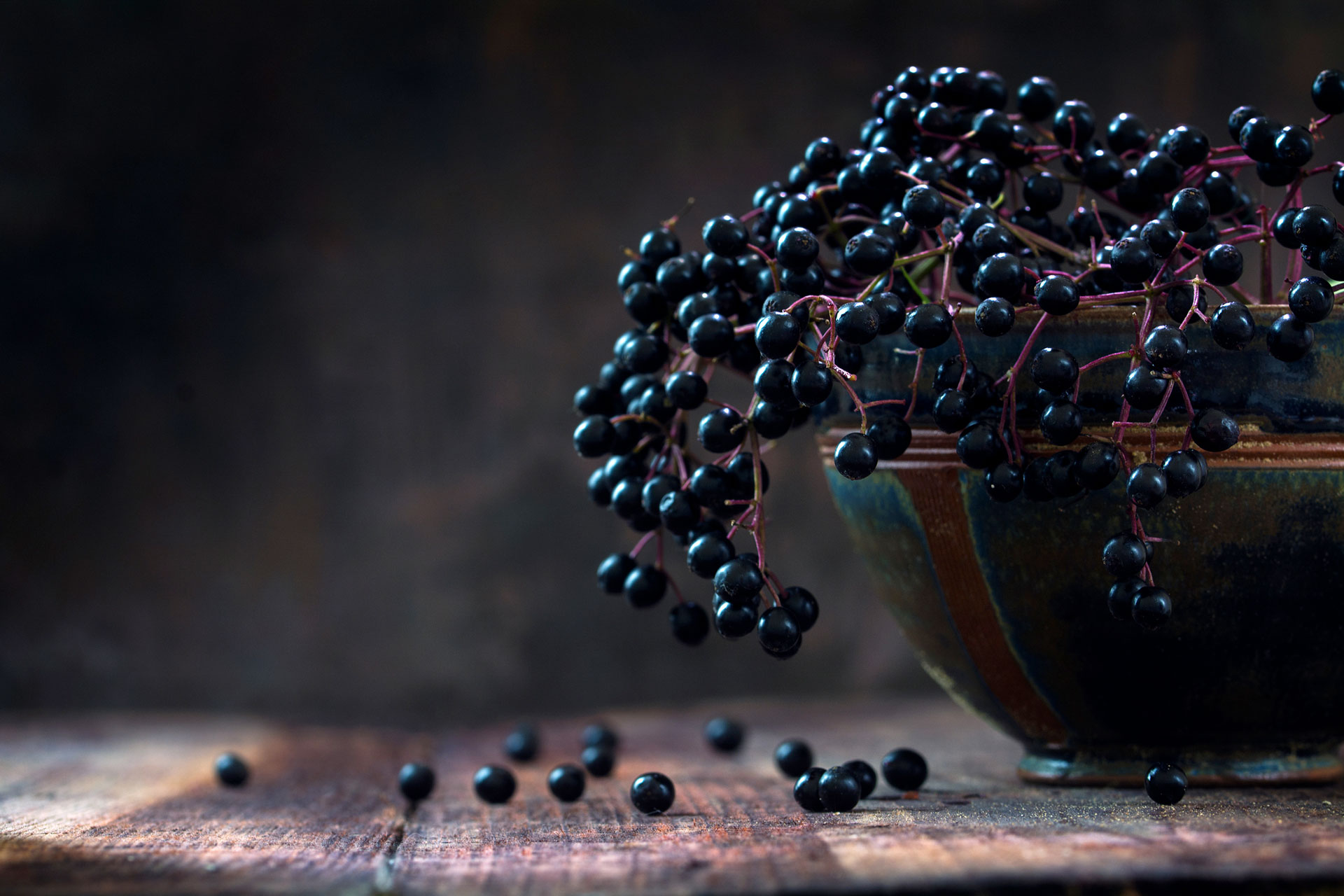

Grapes
This amazing food is actually native to many parts of the world, including regions in Asia, Africa, and North America. One of the most widely cultivated table and wine grapes is Vitis vinifera (Common Grape Vine), and several thousand varieties of this grape exist across Europe. In the United States, native species of Vitis grapes include Vitis labrusca (which includes the Concord grape) and Vitis rotundifolia (which includes the muscadine grapes). In Asia, one native grape that is widely-cultivated is Vitis amurensis (the Amur grape). Table grape varieties are most often larger in size, have been propagated to be seedless, and have relatively thin skins. Wine grapes are usually smaller in size, contain seeds, and have relatively thick skins. Among several different types of benefits, the thicker skin of the wine grapes helps provide the wine with a richer aroma.
Cranberries
Cranberries are a group of evergreen dwarf shrubs or trailing vines belonging to the same genus as the blueberries, Vaccinium. They are native to North America and are farmed on approximately 40,000 acres across the northern United States and Canada. The berries are very tart and have a glossy, scarlet red color.
As far as healthy foods go, cranberries are at the top of the list due to their high nutrient and antioxidants content and are often referred to as a "super food". Not to mention, half a cup of cranberries contains only 25 calories!
Cranberries are often a popular part of holiday celebrations in the form of cranberry sauce, cranberry drinks and dried cranberries added to stuffing, casseroles or dessert.

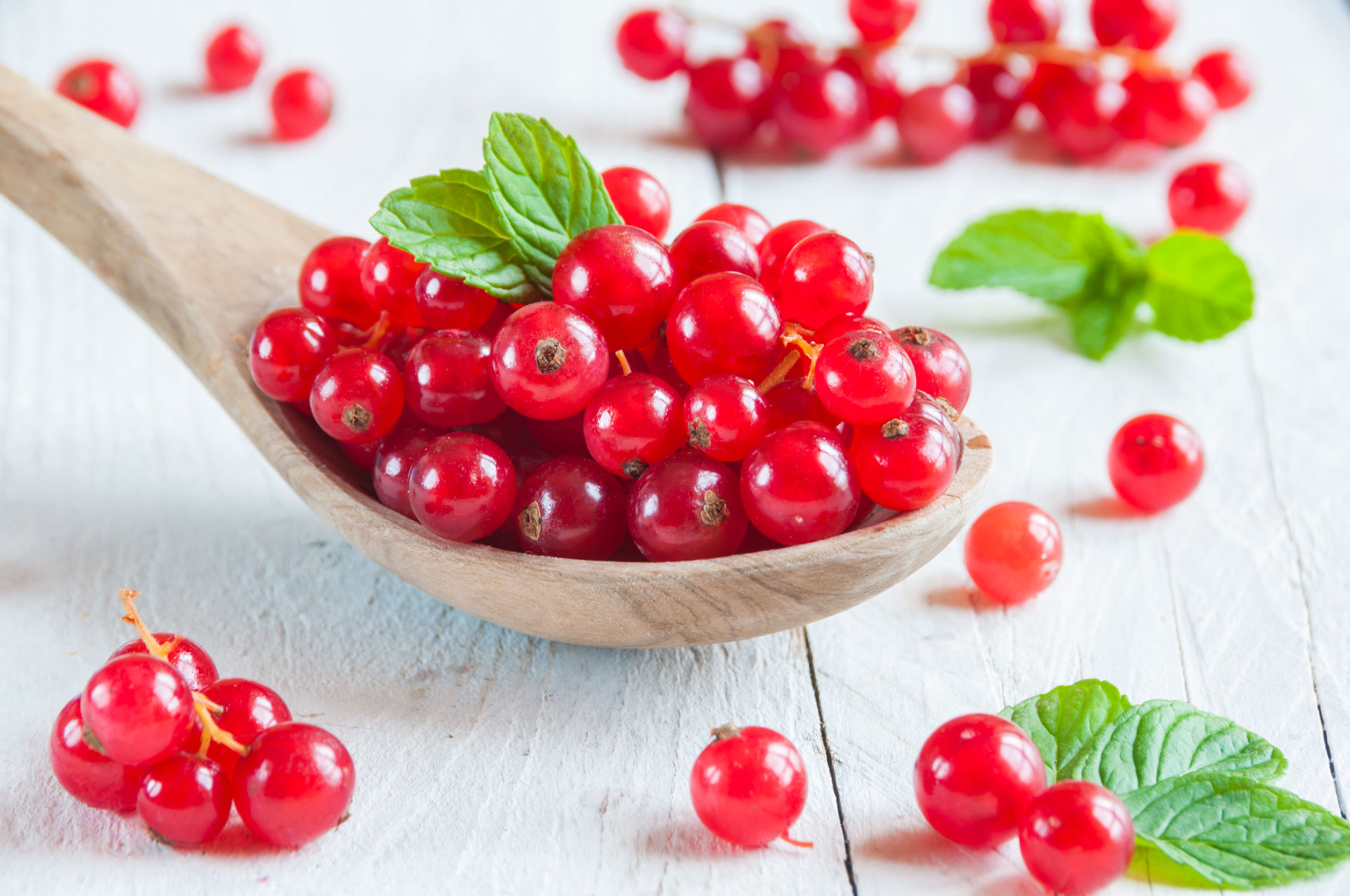
Currants
Red and white currants are both classified as members of the same species, Ribes sativum, while the less common European black currant is known as Ribes nigrum. They may be small, but they are actually tiny powerhouses of essential vitamins, minerals, and antioxidants. Red currants are often made into jams, as well being used in various desserts, drinks and also in alternative medicine. White currants are slightly smaller and sweeter than the red ones. They are often served raw and provide a sweetly tart flavor, but they are used in jellies, preserves, wines, and syrups. Black currants have a high content of pectin and for this reason, they are used especially in jams and jellies. People like them in savory cooking as well because their astringency creates added flavor in many sauces, meat and other dishes.
For a complete list of what is available please contact our sales staff.
Willowbrook Nurseries Inc.
935 Victoria Ave, R.R. #4 Fenwick, ON L0S 1C0
Phone: (905) 892-5350
Toll Free: 1-800-661-5237
Fax: (905) 892-3790
Rob Bouwers - Ext. 227 rob@willowbrooknurseries.com
Mike Della Valle - Ext.237 mike@willowbrooknurseries.com
Greg Ross - Ext. 235 greg@willowbrooknurseries.com
David Wiersma - Ext. 223 david@willowbrooknurseries.com
Chad Geerlinks - Ext. 226 chad@willowbrooknurseries.com
Kevin Van Geest - Ext. 248 kevinv@willowbrooknurseries.com
Ray Bahr - Ext. 243 rayb@willowbrooknurseries.com

